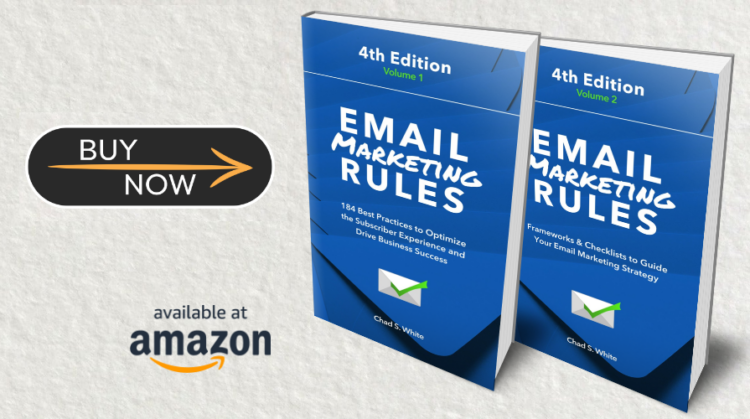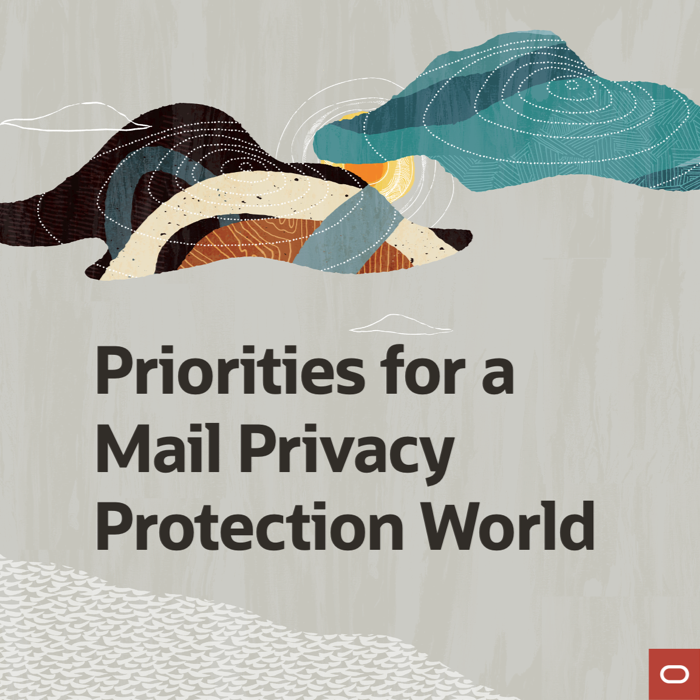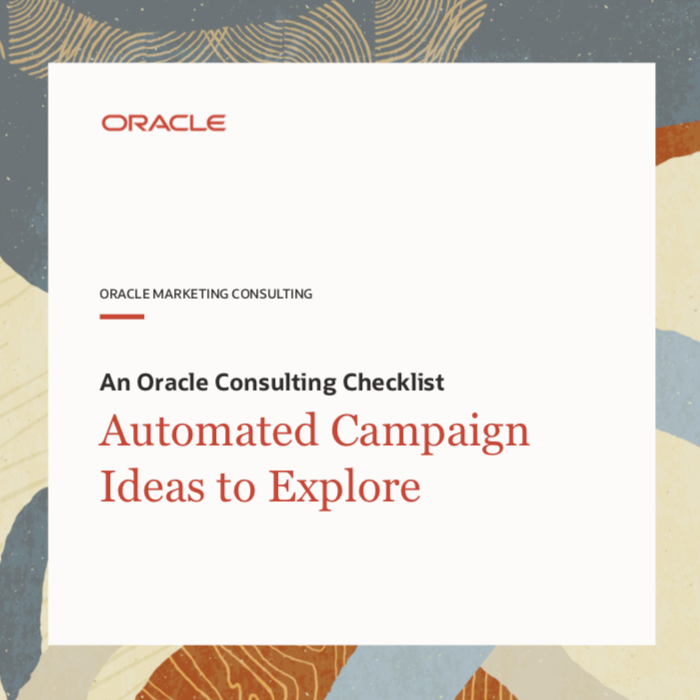The Higher Bar for Browse Abandonment Emails
Because of their high ROI, cart abandonment emails are growing in popularity, although only 20% of retailers are using them, according to recent research. Adoption is even lower for browse abandonment emails, which are emails that are triggered in response to a subscriber browsing your website but not purchasing anything. However, that lower usage rate is to be expected because browse abandonment is intrinsically more complicated because the subscriber’s intention is much less clear.
With a cart abandonment, the subscriber has made their product choice or at least seriously narrowed it. But with a browse abandonment, it’s significantly much less clear if they product they last viewed was a great interest to them or not. Browsing can just as easily indicate directional product category interest as it can interest in a specific product.
Because of that, it leads to many potential questions: Did the subscriber like the product but just isn’t ready to buy? Did they like the product but were unsure if it was a good deal? Were they unsure if it had all the features they needed? Were they unsure about the product’s quality?
In a store, a shopper could ask an associate for more information and the associate would be able to ask questions to help the shopper come to a decision. Recreating those interactions in an email is challenging but increasingly feasible.
The evolution of Williams-Sonoma’s browse abandonment email program is a great example of how these emails have become more sophisticated. Williams-Sonoma was one of the earliest adopters of browse abandonment emails, sending them as early as 2009. Back then they acted like many of the cart abandonment emails do today, reminding the subscriber of the item they browsed and of some of the reasons to shop with the retailer.
Over time Williams-Sonoma recognized that a browser’s interest was less focused than a cart abandoner, so they added some top-rated products to these emails and then later made those additional product promotions more tightly related to the product that was browsed. They also added a “Shop Similar Items” call-to-action to the “Buy Now” CTA for the browsed product. By the end of last year, they were also including banners for seasonal products, like wine for Thanksgiving and Christmas dinners.
In addition to broadening out the messaging, Williams-Sonoma’s program also began to address the different reasons for abandonment more specifically. For instance, if an out-of-stock product was browsed, they made the logical assumption that you might be interested in purchasing it when it’s back in stock and send you a notification when it is.
And there’s certainly more room to up the sophistication further. Crutchfield’s browse abandonment program is my favorite. They have different ones set up to address subscribers who browse different product categories like HDTVs, Blu-Ray players, stereo receivers, 6-3/4” speakers, and DSLR cameras, as you can see in this example. It was sent in response to me browsing the Nikon D5100. You can see how they used that information as a starting point but went well beyond it to get at what my needs and concerns might have been, just like a good store associate would have done.
 Email Marketing Rules
Email Marketing Rules







































